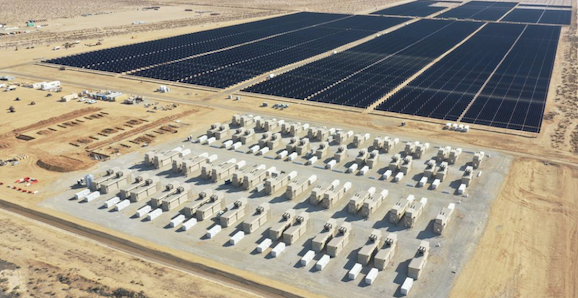wwu123
Active Member
To be fair, those are mostly storage projects, not solar. Yes, they mitigate the duck curve from existing and new residential solar, so they would be sucking in the $0.03 residential solar export, and pushing it out at night at retail rates. But while I'm sure the ROI is better than consumer Powerwalls, it's still pretty expensive infrastructure. And it's not just getting residential solar export, but also utility-scale solar and wind export as well.Huh would you look at who wants more solar in California…

California utility PG&E proposes 1.6GW/6.4GWh of new battery storage across nine projects
Plans to procure energy from nine large-scale battery energy storage system (BESS) projects in California have been announced by Pacific Gas & Electric (PG&E), one of the state’s three main investor-owned utilities.www.energy-storage.news
I’m sure the generation will only cost rate payers $0.03 per kWh amirite???
I don't know how its costs get accounted though. Does it count as generation, even though it's just load shifting? Or does it get lumped into PG&E's distribution and transmission costs and covered by those fees, i.e. part of "the grid" cost? In any case, it is a significant cost that I guess is part of what CPUC is trying to determine which ratepayers take the burden of those costs.


